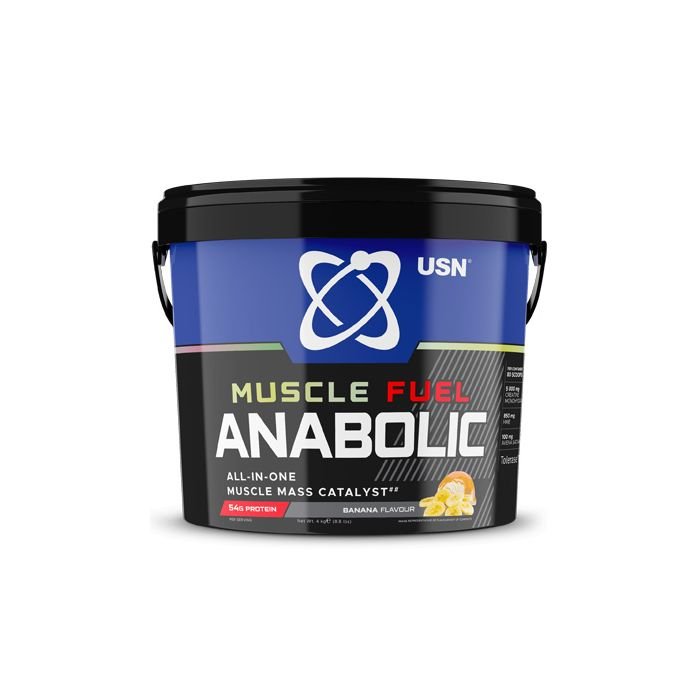Building strength and size doesn’t happen overnight. Whether you’re a beginner just stepping into the gym or a seasoned lifter chasing that next personal best, understanding the fundamentals of muscle growth is key to achieving consistent, sustainable results. It’s not just about lifting heavier weights-it’s about knowing how your body responds, how to fuel it, and how to give it the right environment to grow.
Let’s face it—there’s no shortage of fitness advice floating around. From social media workout challenges to diet fads promising instant results, it’s easy to get lost in the noise. But real progress in muscle building comes from following tried-and-tested principles rooted in science, consistency, and patience.
The Science Behind Muscle Growth
At its core, muscle growth—technically known as hypertrophy—occurs when muscle fibres sustain microscopic damage through resistance training. The body repairs these fibres by fusing them, resulting in thicker and stronger muscle tissue. This process is influenced by several factors: training intensity, nutrition, hormones, and recovery.
Progressive overload is one of the most important principles. It means gradually increasing the demands placed on the muscles—whether that’s by adding more weight, performing extra reps, or improving form. This consistent challenge forces muscles to adapt and grow stronger over time.
Nutrition: The Foundation of Gains
No amount of training will compensate for poor nutrition. To build muscle effectively, your body needs a steady supply of nutrients—particularly protein, which provides the building blocks (amino acids) necessary for repair and growth.
A balanced diet should include lean protein sources like chicken, fish, eggs, dairy, and plant-based options such as lentils or tofu. Carbohydrates are equally important as they fuel your workouts and aid recovery. Healthy fats, often overlooked, support hormone production, including testosterone, which plays a key role in muscle development.
Many fitness enthusiasts also incorporate supplements into their routines to ensure they’re meeting nutritional requirements. High-quality protein powders, creatine, and branched-chain amino acids (BCAAs) can enhance performance and recovery when used alongside a well-rounded diet. For example, brands like Strong Muscle Supplements provide targeted products designed to support training goals, offering an extra edge for those serious about improving strength and physique.
Training Smart, Not Just Hard
The common mistake many people make is thinking that more is always better. Spending endless hours in the gym doesn’t necessarily equate to faster results. In fact, overtraining can hinder progress by leading to fatigue, injury, and burnout.
A well-structured workout plan should focus on compound movements—exercises like squats, deadlifts, bench presses, and pull-ups—that engage multiple muscle groups at once. These exercises not only build overall strength but also improve stability, coordination, and muscle balance.
Isolation exercises such as bicep curls, leg extensions, and tricep pushdowns are also valuable, but they should complement, not replace, compound lifts. The goal is to train with purpose, ensuring every movement serves a function.
Recovery: The Unsung Hero of Progress
Muscles don’t grow while you’re training—they grow while you rest. Recovery is often the missing link in many people’s routines. Without adequate rest and sleep, the body cannot repair muscle tissue effectively, which can slow or even halt progress.
Aim for at least 7–8 hours of quality sleep per night. During deep sleep, the body releases growth hormone, a critical player in muscle repair and development. Active recovery, such as light stretching, yoga, or low-intensity cardio, can also aid in reducing muscle soreness and improving circulation.
Staying Consistent and Motivated
Building muscle requires commitment. Results don’t happen in a week or two—it’s a journey that demands consistency and discipline. Tracking your progress can help keep motivation high. Note your workouts, weights, and even how you feel. Small, incremental improvements add up over time.
It’s also important to manage expectations. Everyone’s body responds differently based on genetics, metabolism, and lifestyle. Comparing your progress to others can be discouraging. Instead, focus on your personal goals and celebrate your achievements, no matter how small.
The Role of Mindset in Physical Transformation
Your mindset plays a crucial role in how far you go. Developing mental resilience helps you push through tough sessions and stay committed even when results aren’t immediately visible. Setting realistic goals, visualising success, and surrounding yourself with positive influences can make a world of difference.
Many successful athletes and bodybuilders attribute their progress not only to physical effort but also to mental focus. Building muscle is as much a psychological challenge as it is a physical one.
Bringing It All Together
Achieving real muscle growth is a combination of science, strategy, and consistency. It requires smart training, a nutritious diet, proper rest, and a strong mindset. When all these elements work together, the results can be transformative—not just physically, but mentally as well.
Ultimately, muscle building is not just about aesthetics. It’s about developing strength, confidence, and resilience that extend far beyond the gym. Whether you’re training to improve performance, boost health, or simply feel better in your own skin, the process itself is rewarding.
By understanding how your body works, fuelling it properly, and training intelligently, you can make steady progress that lasts. Achieving muscle growth isn’t just about lifting weights—it’s about adopting a lifestyle that prioritises balance, health, and consistency.
Resource Link :- https://strongmusclesupplements.co.uk/product-category/shop-by-goal/muscle-growth/


